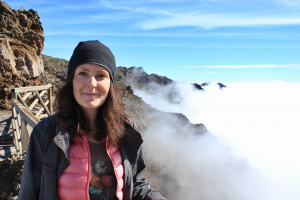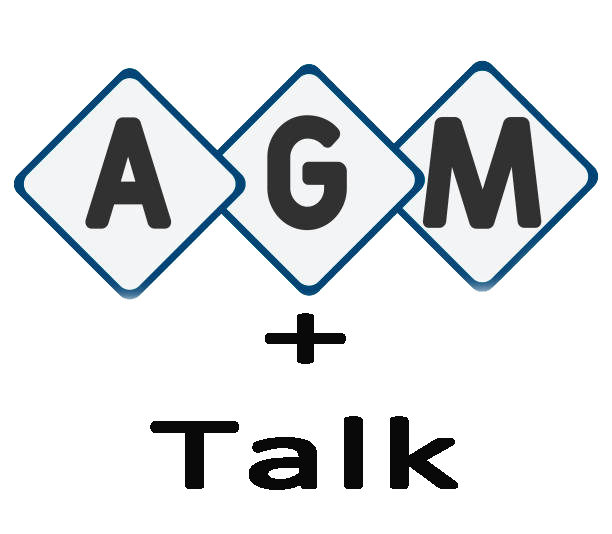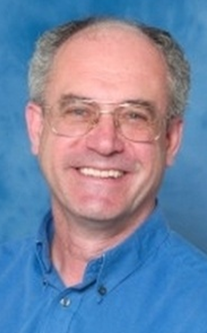Lucie is a Royal Society University Research Fellow based at the Mullard Space Science Laboratory, UCL’s Department of Space and Climate Physics and studies activity in the atmosphere of our nearest star, the Sun. In particular, looking at immense magnetic fields in the Sun’s atmosphere which sporadically erupt into the Solar System. If these eruptions reach the Earth they can drive major space weather events. She is interested in how the magnetic configuration of the eruptions relates to geomagnetic activity and what this means for those living in the UK.
In 1977 NASA launched two identical spacecraft, the Voyagers, both on a two-year mission to visit and study the planets Jupiter and Saturn, with the option of one spacecraft then going on to Uranus and Neptune. NASA had ambitious plans to make the most of a special arrangement of Jupiter, Saturn, Uranus and Neptune which meant a spacecraft could visit all of them all in turn. Hopping on from planet to planet. Despite being built to survive for five years and with the aim of studying the planets, Voyager 1 went on to break a record in 2012 when it made a new discovery in solar physics. Voyager 1 became the first man-made object to leave the Solar System when it exited the Sun’s very extended atmosphere, 18 billion km from the Sun.
Now we have data to tell us what the Sun’s atmosphere is like at the edge, there are teams of scientists and engineers working on projects that will investigate the conditions close to the Sun. There is still so much more to learn about how the Sun creates and controls this very extended atmosphere, which is a dynamic place. To do this two spacecraft are currently being built. In America Solar Probe Plus is due for launch in 2018 on a trajectory that will take it closer to the Sun than any previous spacecraft. Solar Probe Plus will eventually spiral its way into an orbit just 6 million km above the photosphere – 8.5 times the radius of the Sun and well into the atmosphere. In Europe there is a spacecraft being built that Lucie and her colleagues are working on, Solar Orbiter. MSSL are leading the development of two instruments on Solar Orbiter, which is due for launch at the end of 2017.
The lecture will be followed by the Flamsteed Christmas Party.





You must be logged in to post a comment.